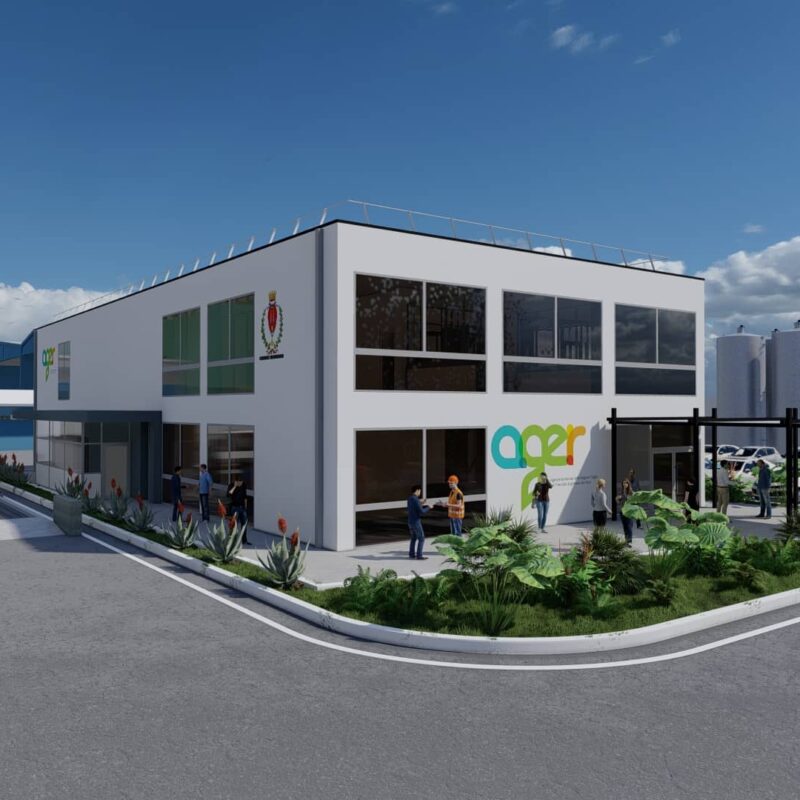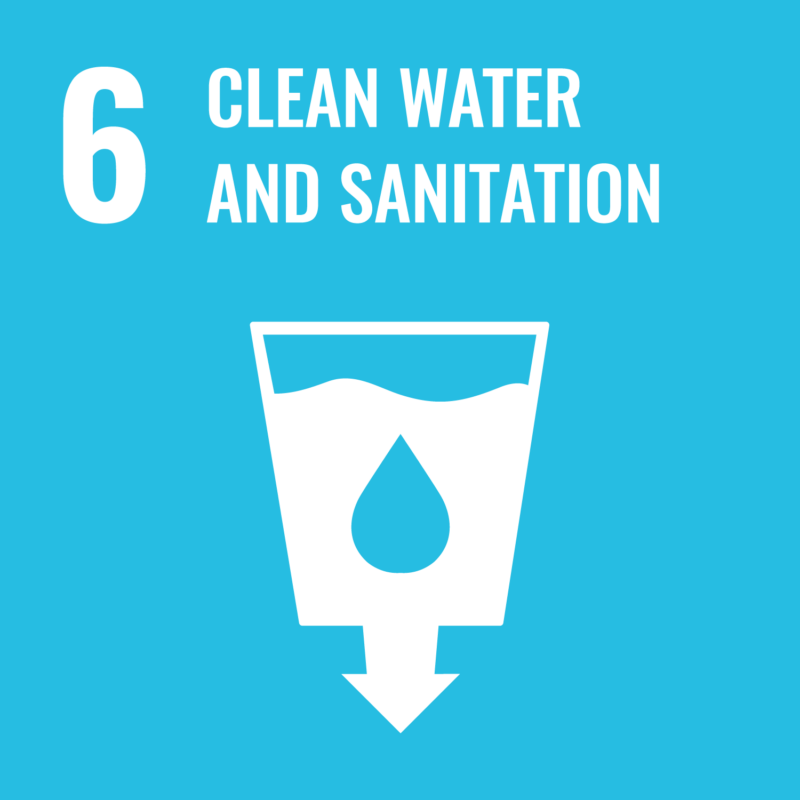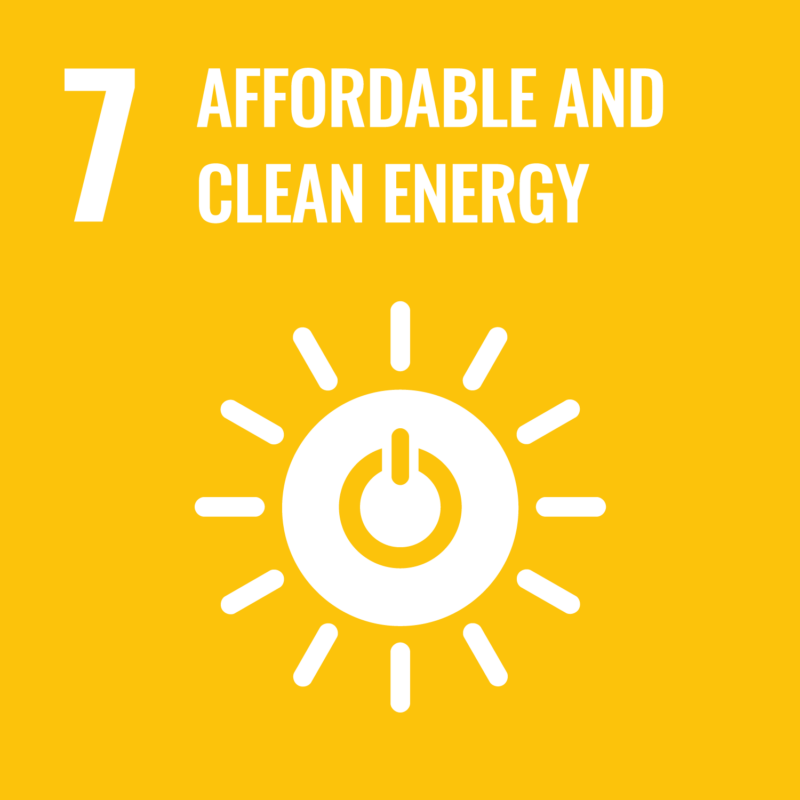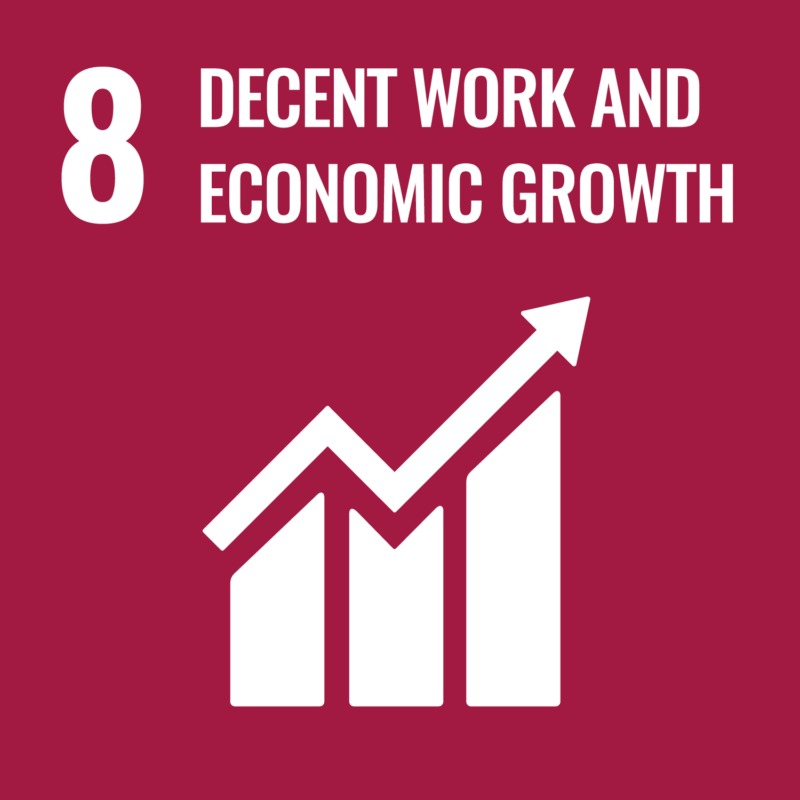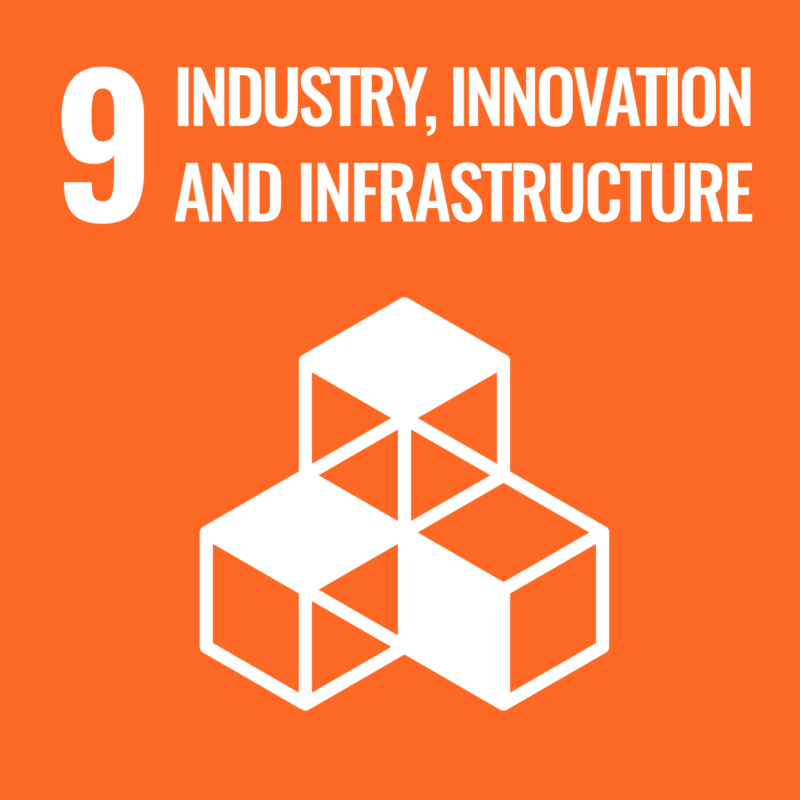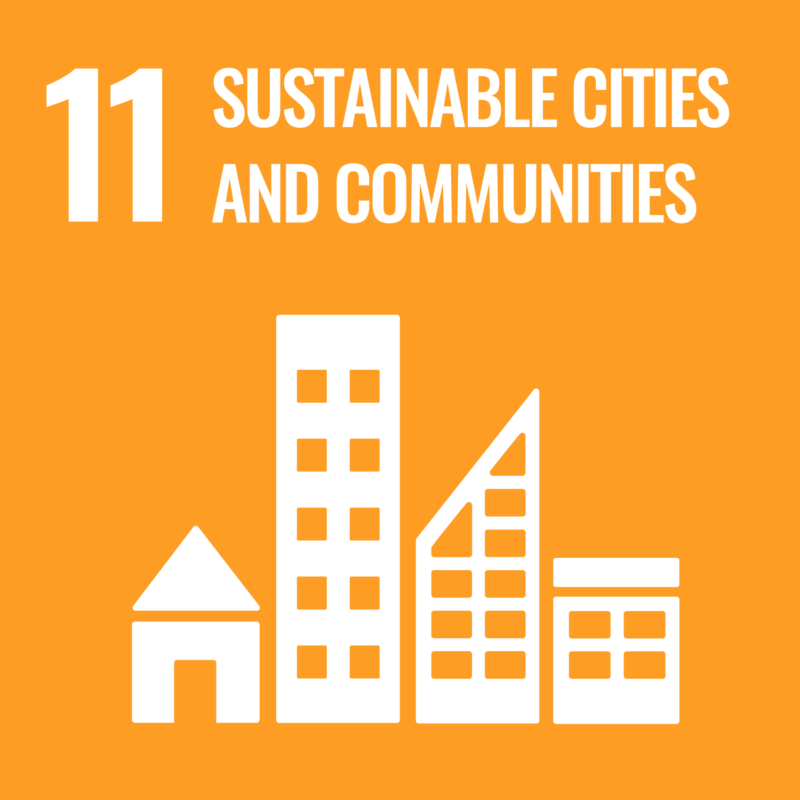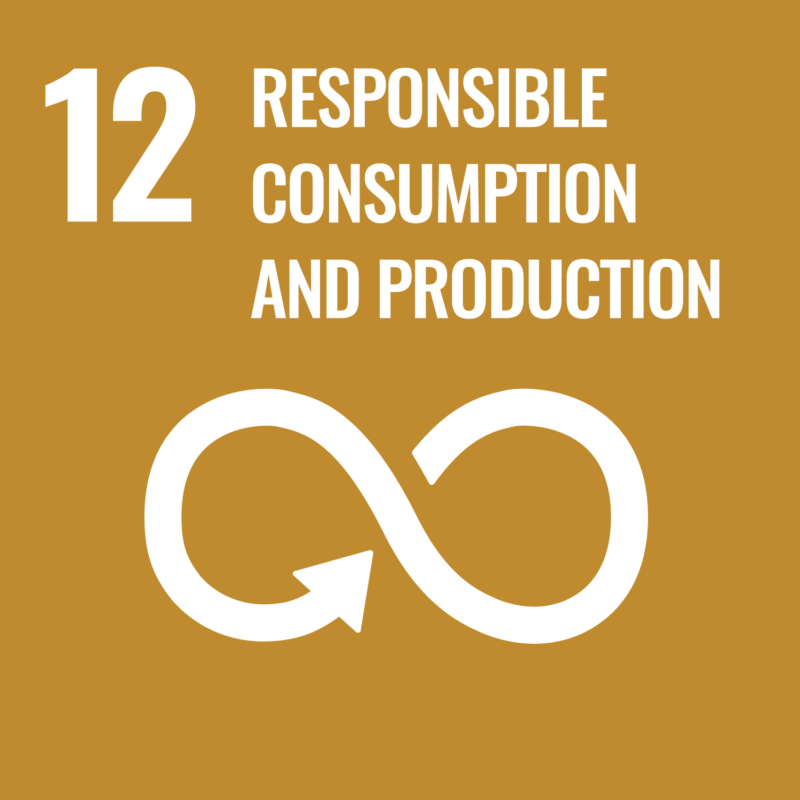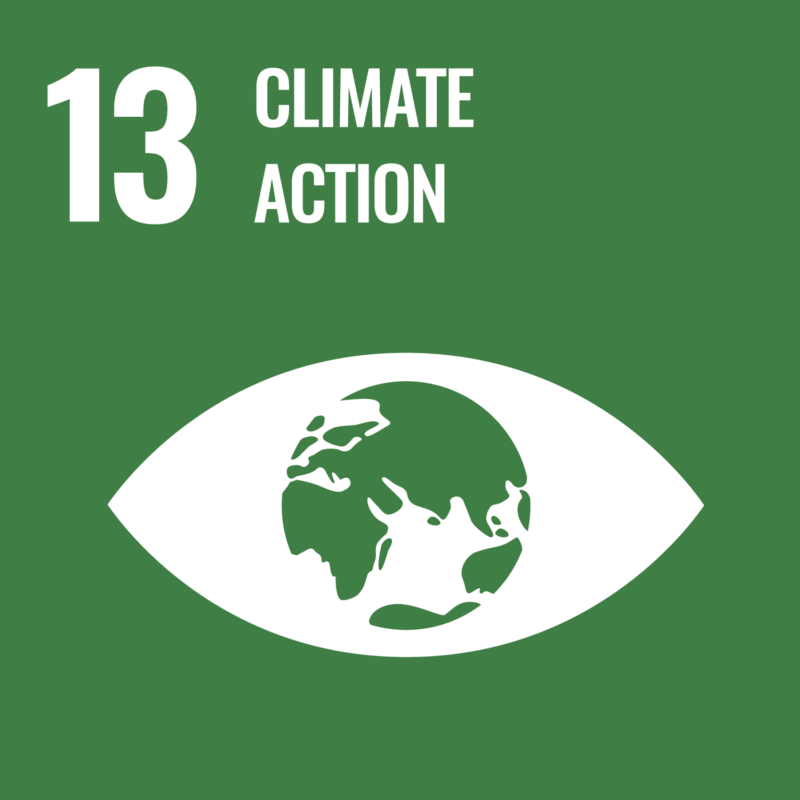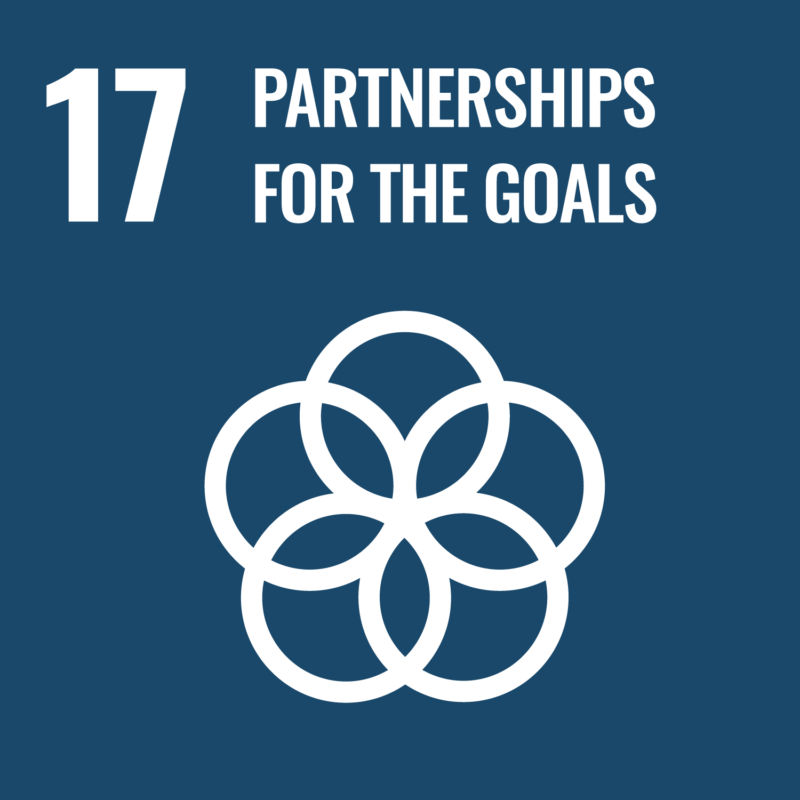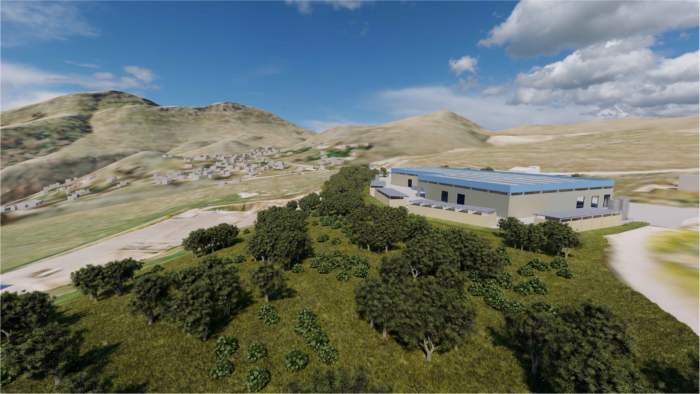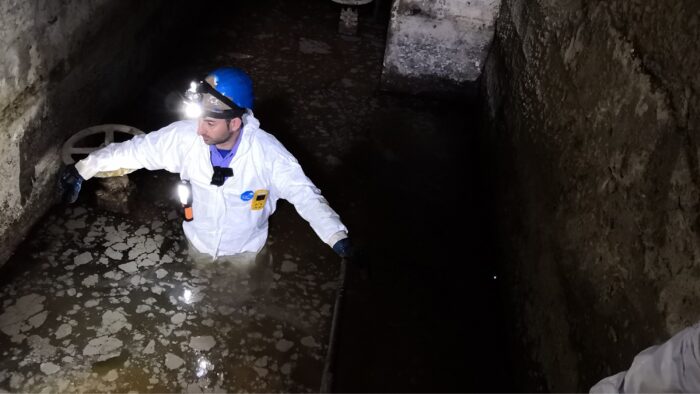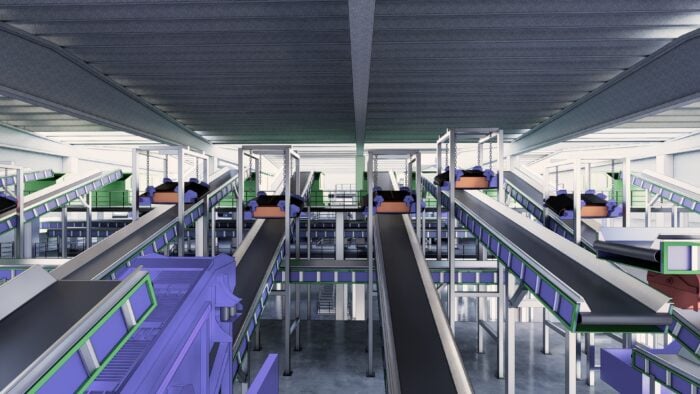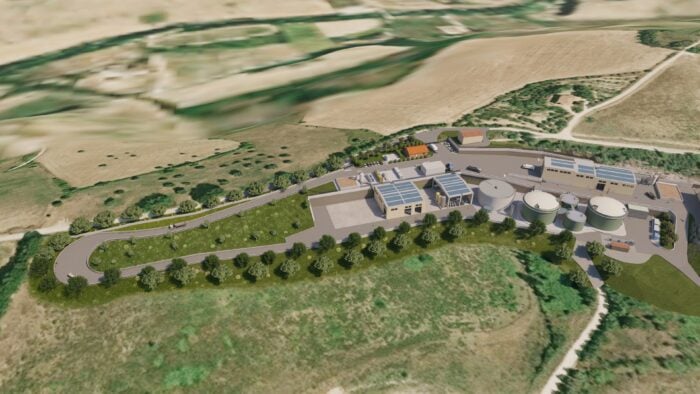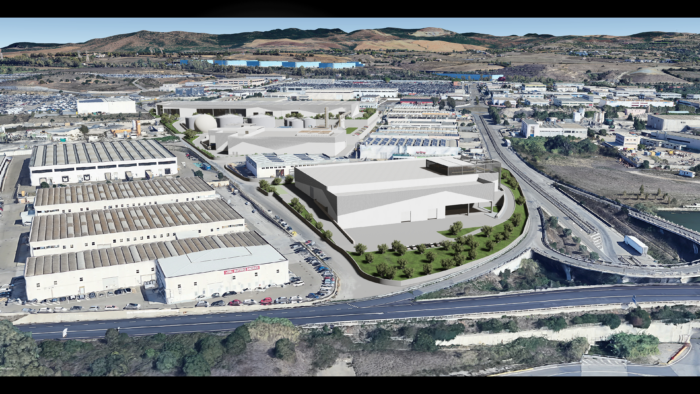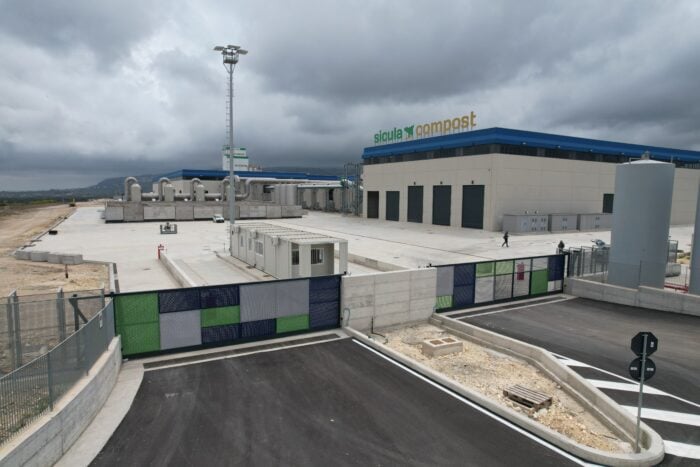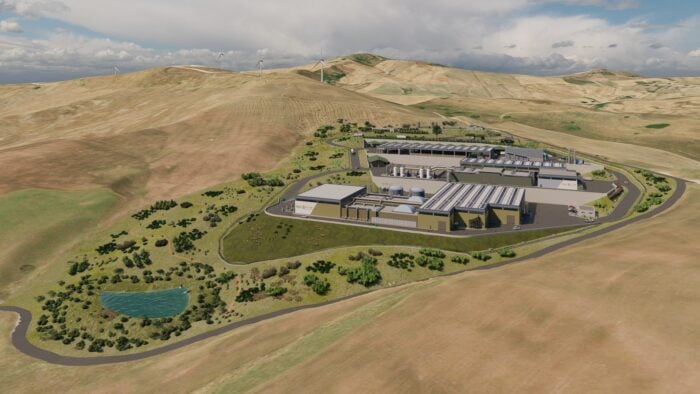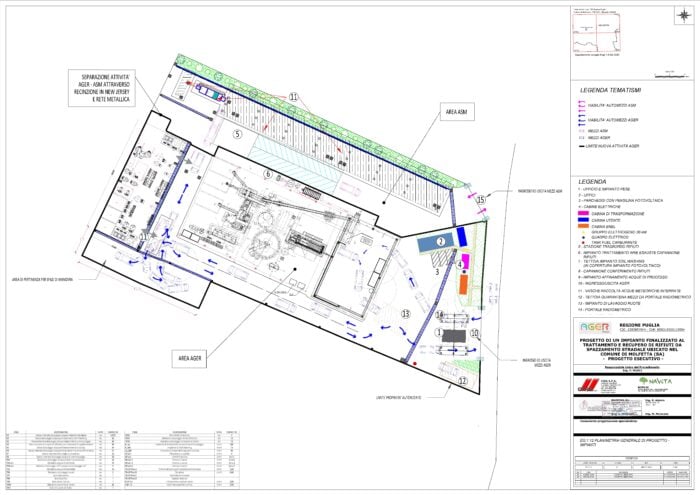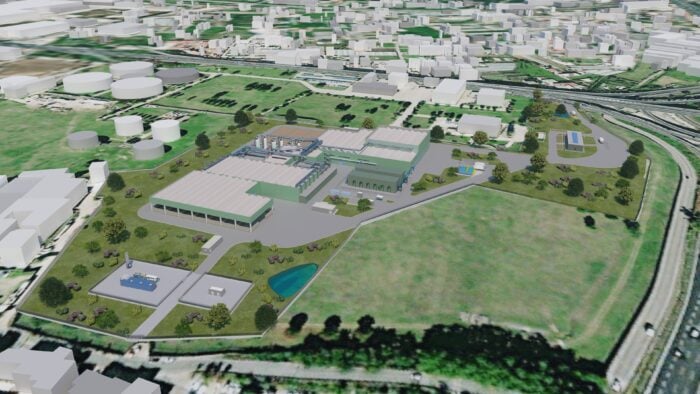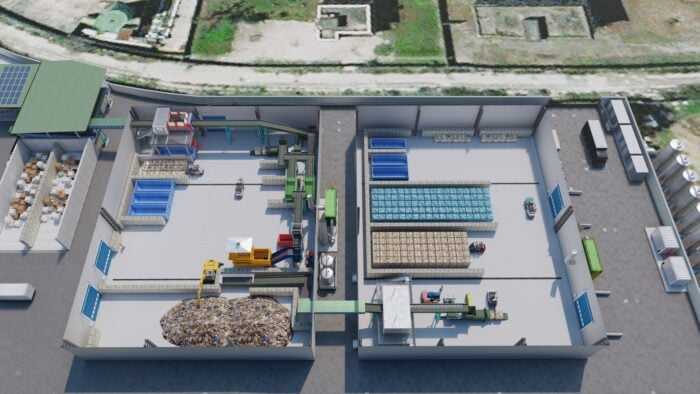Ensure availability and sustainable management of water and sanitation for all
The urban waste platform is expected to produce biomethane and quality compost from the OFMSW and RDF and recycled materials from the residual fraction of MSW.
Location
Brindisi (BR)
Data
Type of service:
Preliminary
design
Design period:
May 2020
Technical data
Tot area: 69.601 m²
OFMSW treatment section:
Capacity: 54.000 t/year
Compost produced: 8.400 t/year
Biomethane produced: 390 Sm3/h
MSW treatment section:
Capacity: 100.000 t/year
Bio stabilized fraction produced: 32.900 t/year
Recycled plastics produced: 11.500 t/year
Recycled metals produced: 2.350 t/year
The treatment and recycling platform is organized into two independent sections, ones for
the OFMSW and the other one for the residual waste treatment.
The plant has a maximum treatment capacity of 54.000 t/year for the OFMSW section
and 100.000 t/year for the residual fraction of MSW and the dry fractions of the separated
collection.
The project aims to assure the waste management operations R3 – R4 – R5 – R13- D8
– D13 – D15 according to Legislative Decree 152/2006 (as indicated in Annex B and C of
the fourth part).
The Plant activities can be divided as follows:
1. OFMSW treatment section:
• reception and storage of the incoming waste;
• mechanical pre-treatment;
• anaerobic digestion;
• digested post-treatment;
• composting process;
• biogas treatment and biomethane production.
2. Residual waste treatment and recovery section
• reception and storage of the incoming waste;
• aerobic stabilization into biocells;
• screening and disposal of the stabilized undersize;
• separation of the recyclable materials;
• RDF refining and pressing.
The biologic treatment of the OFMSW produces a high-quality compost equal to about 8.400 t/year and biomethane for about 390 Sm3/h. From the treatment section of the residual waste fraction and the dry fractions of the separated collection, it is obtained a stabilized organic fraction (O.F) of about 32.900 t/year, a RDF equal to approximately 17.300 t/year, ferrous and non-ferrous recycled metals equal to 1.600 t/year and 750 t/year and recyclable plastics equal to approximately 11.500 t/year.


